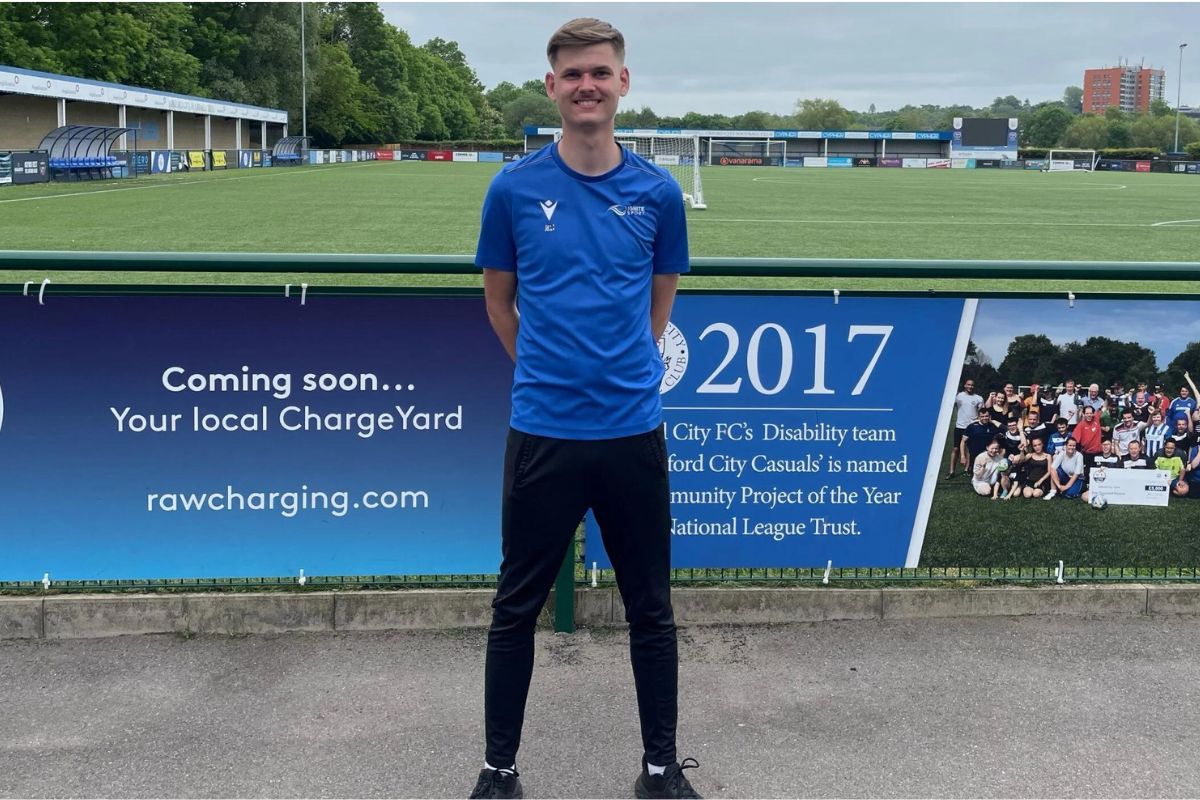Young low-paid workers are set for wage rises of up to 21 per cent next April

Young low-paid workers were big winners in the recent Autumn Statement as reductions in the age threshold for the National Living Wage (NLW) and boosts to the National Minimum Wage’s youth rates will mean pay rises of up to 21 per cent (for 16-17 year olds) next April. But despite this progress, low pay remains an ongoing problem for too many young workers, according to research published by the Resolution Foundation today (Wednesday).
Narrowing the youth gap examines the prevalence of low hourly and weekly pay among different groups of young people, and how recently announced changes to the minimum wage will affect them.
The report notes that while the Autumn Statement grabbed the headlines for its announcement of 10 per cent increase in the NLW next April, other largely undiscussed changes will deliver even bigger pay rises for low-paid young people.
From April 2024, 21-22 year olds will receive the NLW rather than the lower youth rate, delivering a pay rise of 12 per cent (£1.26). Youth rates will also go up at a higher rate than the NLW in the spring. 16-17 year olds will enjoy the most significant pay rise of 21 per cent, or an additional £1.12 per hour, while 18-20 year olds on the wage floor are set for a pay rise of up to 15 per cent (£1.11).
A low-paid 22-year old working full-time (two thirds of 18-24 year olds work full-time) will earn an extra £2,500 a year as a result of these changes.
While some people downplay the importance of minimum wage youth rates, saying that employers pay the NLW to all staff, irrespective of age, the report says that these increases will in fact have a major impact on a large number of young workers.
It notes that around 200,000 young people aged 16-22 currently receive their age-related minimum wage, while the share of young workers earning around the legal minimum wage is more than twice as high as the wider workforce (11 per cent vs 5 per cent respectively).
Fast rising minimum wages have already had a big effect on rates of low pay among young workers, which has fallen from 51 per cent to 37 per cent over the past decade (or 34 per cent if those in full-time education are excluded).
Critically, this pay progress has been made without causing significant job losses, as recent Low Pay Commission research has found. Nonetheless, young people today are still more than twice as likely to be in low pay as those aged 25-64 (15 per cent).
And while low hourly pay has fallen for young workers, low weekly pay, which is what counts for living standards, remains stubbornly high.
Under-employment often sits behind low weekly pay. For example, almost half (47 per cent) of part-time young men, and one-in-three young women, who are working part time and are not in education are doing so because they can’t find full-time work.
Furthermore, among non-student employees, almost two-in-three (64 per cent) young women with children and half (48 per cent) of young disabled people are in low weekly pay – challenges that can’t be overcome by a higher minimum wage alone.
To address this, the Foundation says that as well as increasing minimum wage rates and extending the NLW to all workers aged 18 and above over time, specific policy steps that would help the groups of young people over-represented in low weekly pay, such as universal childcare and the expansion of the Access to Work scheme.
Louise Murphy, Economist at the Resolution Foundation, said:
“Low-paid young workers are set to receive pay rises of up to 21 per cent next April due to bumper increases in the minimum wage – which could mean an extra £2,500 a year for a full-time worker. We need to build on this good news and help more young people escape low pay.
“As well as further increasing the minimum wage, more needs to be done to support young people who want to increase their hours. Specific support is also needed for young women with children and young disabled people as they are most likely to be low paid.”











Responses